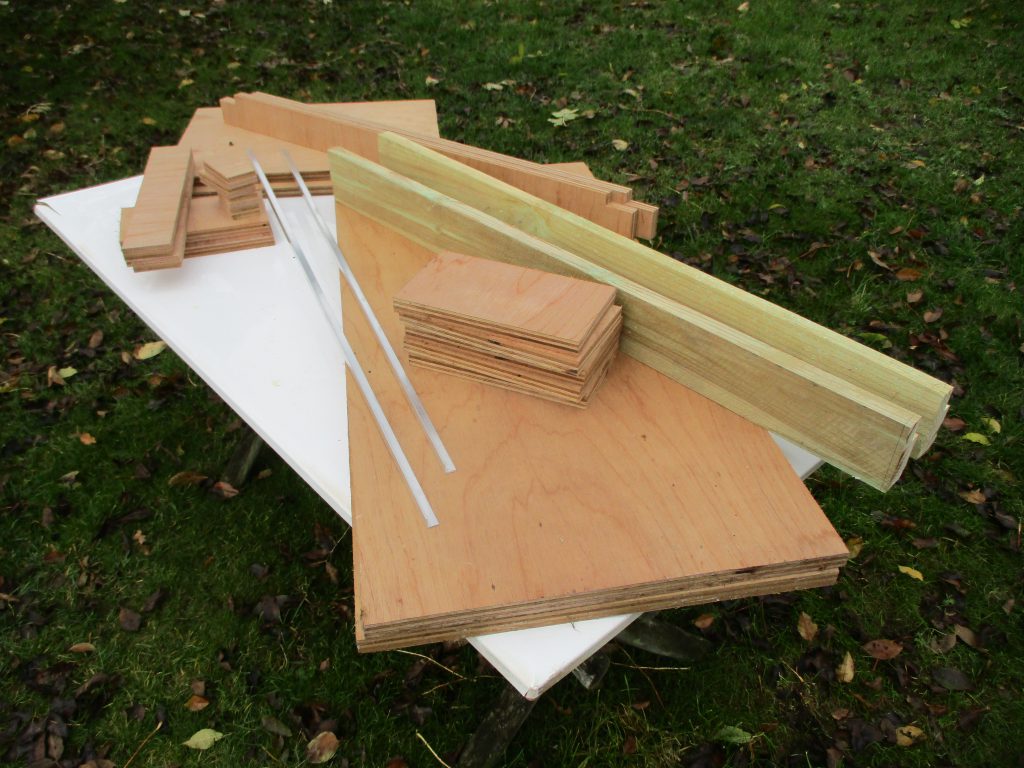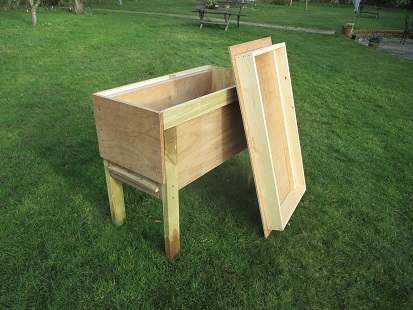Four of the hives have now been spring-cleaned. A freshly scorched box, floor, entrance block and crown board are positioned alongside the hive and frames are removed one by one, inspected, scraped clean and placed in the new box. Halfway through the exercise, boxes are exchanged whilst they are easier to lift, and the remaining frames moved across. Hopefully the queen will be seen and the egg laying rate assessed. Unfortunately the first hive I did this year had a drone-laying queen. How could I tell? The larvae and brood in worker-size cells had domed cappings like full-sized drone brood. The quickest and easiest way to rescue what remained of the colony was to unite rapidly. The whole colony was shaken out during the afternoon and the workers wasted no time in seeking refuge in the neighbouring hive.

At the time of cleaning, the Apivar has been removed as the weekly varroa counts have dropped to zero or the odd 1.
This has been the month when the world was hit by the CV19 virus. Not only were supermarkets hit by panic buying but honey sales as well. In four days I sold an average month’s number of jars. No sooner had I instituted rationing and put a notice in the porch to that effect than the government introduced a lock-down so sales ceased.
The foragers are more interested in pollen rather than nectar. The hives I’ve cleaned still have loads of honey stores but are in need of pollen for brood food. I’ve removed several nice clean frames full of honey and replaced them with drawn comb in order to give more laying capacity. The honey-full combs are being sterilized and will be used as food for any swarms.
The Dartington hive is finished. I’ve cut some letter-box slots for the varroa tray and finished painting it. Supers will have to wait as doing real beekeeping now calls.

Cut timber for a Dartington Long Hive 
Assembly Dry Run 
Assembling the roof 
Ready for Painting 
Finished Dartington
